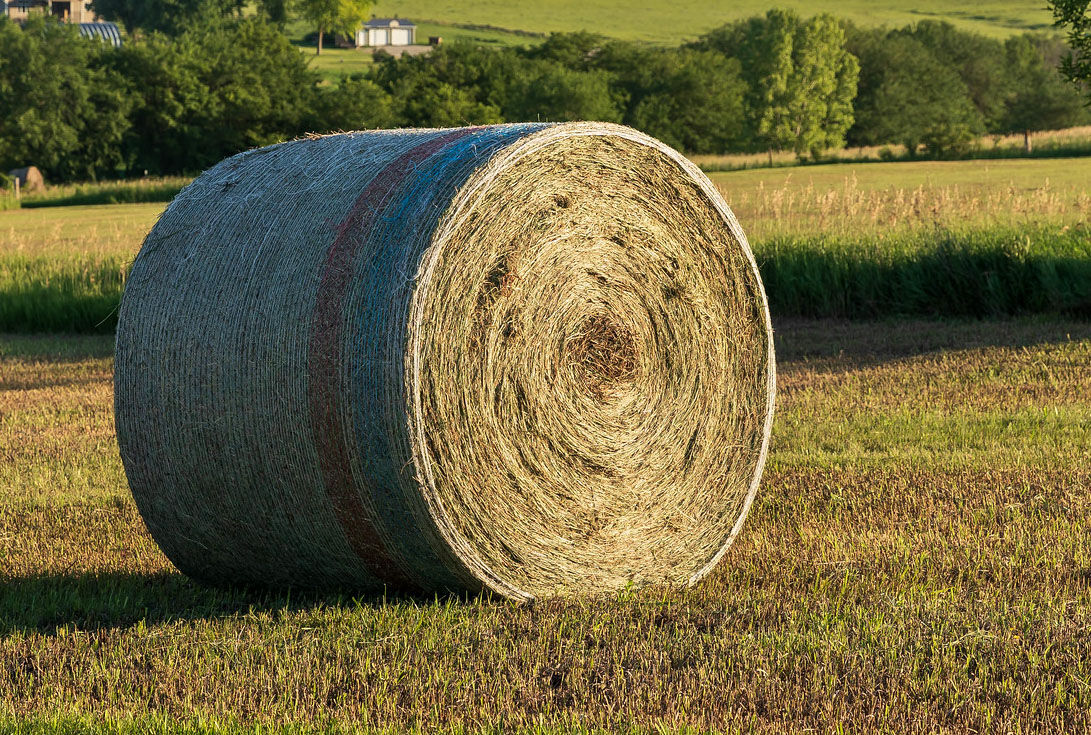State-By-State Hay Summary

Colorado—In the Nov. 21 report, compared to last report, trade activity and demand light. Light activity on dairy markets. Small squares of horse hay steady. According to the NASS Colorado Crop Progress Report for week ending Nov. 17, stored feed supplies were reported as 3% very short, 7% short, 74% adequate, and 16% surplus. Due to the Thanksgiving Holiday, the next available report will be Dec. 5.
Missouri—In the Nov. 21 report, compared to last report, hay prices are steady. The supply of hay is moderate to heavy, and demand is light. Hay movement is light.
Nebraska—In the Nov. 21 report, compared to last report, bales of grass and alfalfa didn’t see much movement. Dehydrated, sun-cured alfalfa pellets, ground and delivered hay steady. Due to the Thanksgiving holiday, the next report will be released Dec. 5.
Oklahoma—In the Nov. 22 report, compared to the last report, the hay trade is slow to steady. Rain continues to move across Oklahoma and will continue for most of November. Some hay has been sold to new customers, but most of the movement of the trades are still mainly long-time customers and contracted hay. Next report will be released Dec. 6.
Texas—In the Nov. 15 report, compared to last report, hay prices are mostly steady across all regions. Hay movement and demand are continuing to increase as warm season grasses are entering dormancy and cooler weather on the horizon. According to the Texas Crop Progress and Condition report, most parts of the state received anticipated rainfall over the past week. Winter wheat is beginning to make a stand in the Panhandle with the last bit of moisture. In the Southern region, cooler weather has slowed down warm season forage growth so hay production has wrapped up. Next report will be released Nov. 29.
South Dakota—In the Nov. 22 report, compared to last report, hay sales are steady with demand higher than last week. Most producers are finishing up corn harvest and starting to bale corn stocks. Due to the Thanksgiving holiday, the next report will be released Dec. 6.
New Mexico—In the Nov. 22 report, compared to last report, hay demand is steady. With some of New Mexico seeing its first freeze and snow fall in the northerner parts of the state most hay production is done for the year. According to the NASS, New Mexico Crop Progress report for the week ending Nov. 17, hay and roughage supplies were reported as 19% very short, 33% short, 46% adequate, and 2% surplus, compared with 20% very short, 35% short, 42% adequate, and 3% surplus last week.
Wyoming—In the Nov. 21 report, compared to the last report, movement is lower than normal for this past week, according to producers movement and demand is light for this time of year all over Wyoming. According to the NASS Wyoming Crop Progress Report, as of Nov. 18, alfalfa hay third cutting is 96% completed, other hay second cutting is 89% harvested, corn harvested for silage is completed in the state. Pasture condition is 10% good condition and 24% fair condition. No report will be issued Nov. 28.
Montana—In the Nov. 22 report, compared to last report, hay sold generally steady. Hay movement was steady this week and buyers continue to report good interest. Supplies remain heavy as most are buying hay in small single load lots. Demand from horse buyers is good, however these sales are mostly single or partial load sales and not a large percentage of the market. Demand for hay remains light to moderate. Unseasonably warm weather continues to be seen across much of the state and many cows remain out on pasture. Cooler weather is expected over the next week, however temperatures remain above average for late November. As a result hay usage remains drastically curbed this fall. Demand for dairy hay has lightened some. A heavier supply of dairy hay is available in Montana due to good weather this fall which allowed producers to put up lots of high quality hay. Feedlots showed some interest for high quality dairy quality hay but are not willing to pay what western dairy’s are purchasing hay for. Offerings are coming in from feed lots above feeding quality (utility to good), however offerings remain under what dairies purchased hay for earlier this fall. Old crop hay and straw remains on the market and producers are struggling to move this hay as many report offerings are under production cost. Due to the Thanksgiving holiday, next report will be released Dec. 6.



